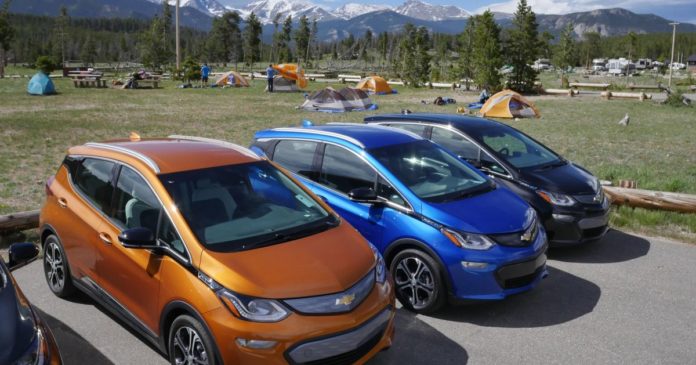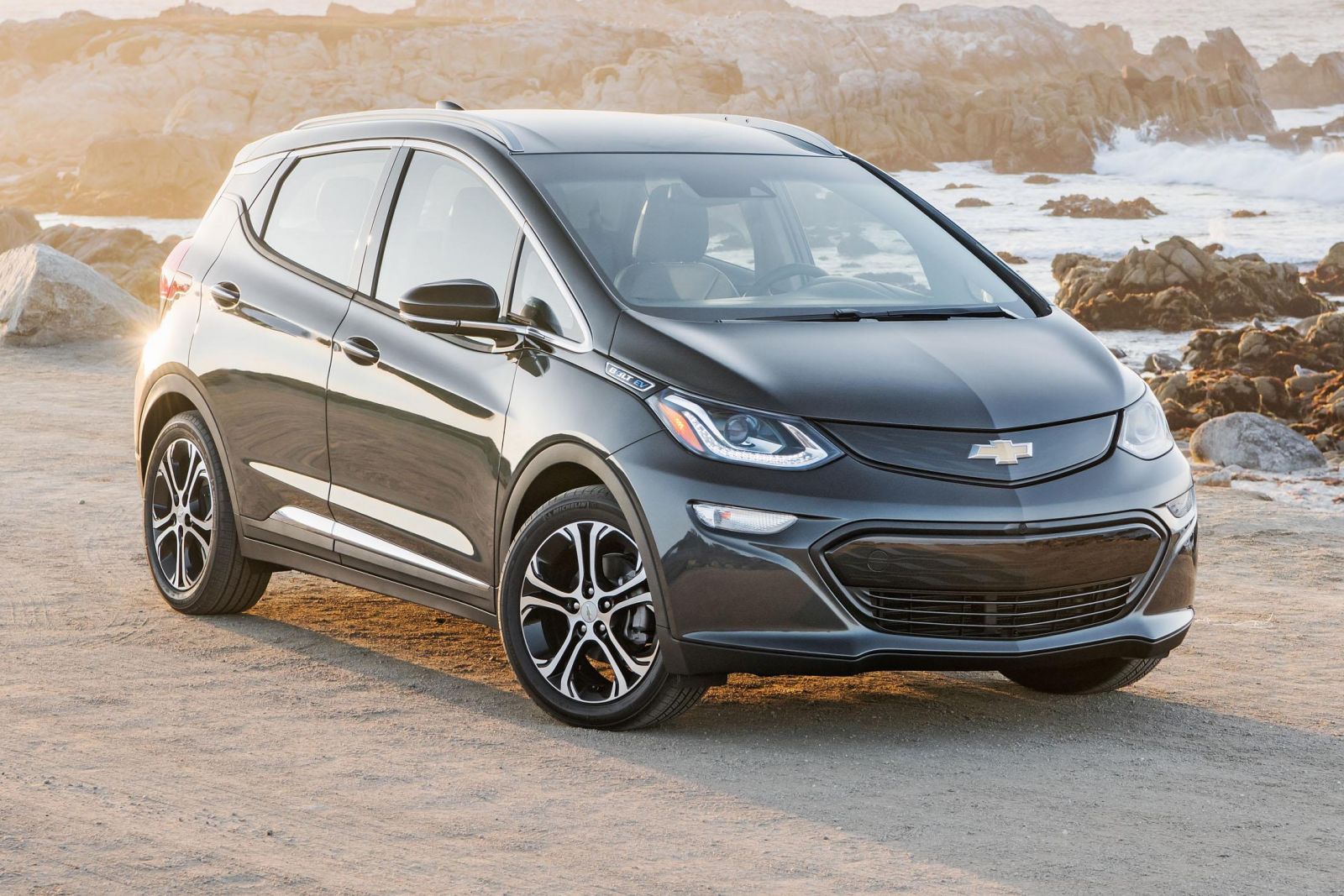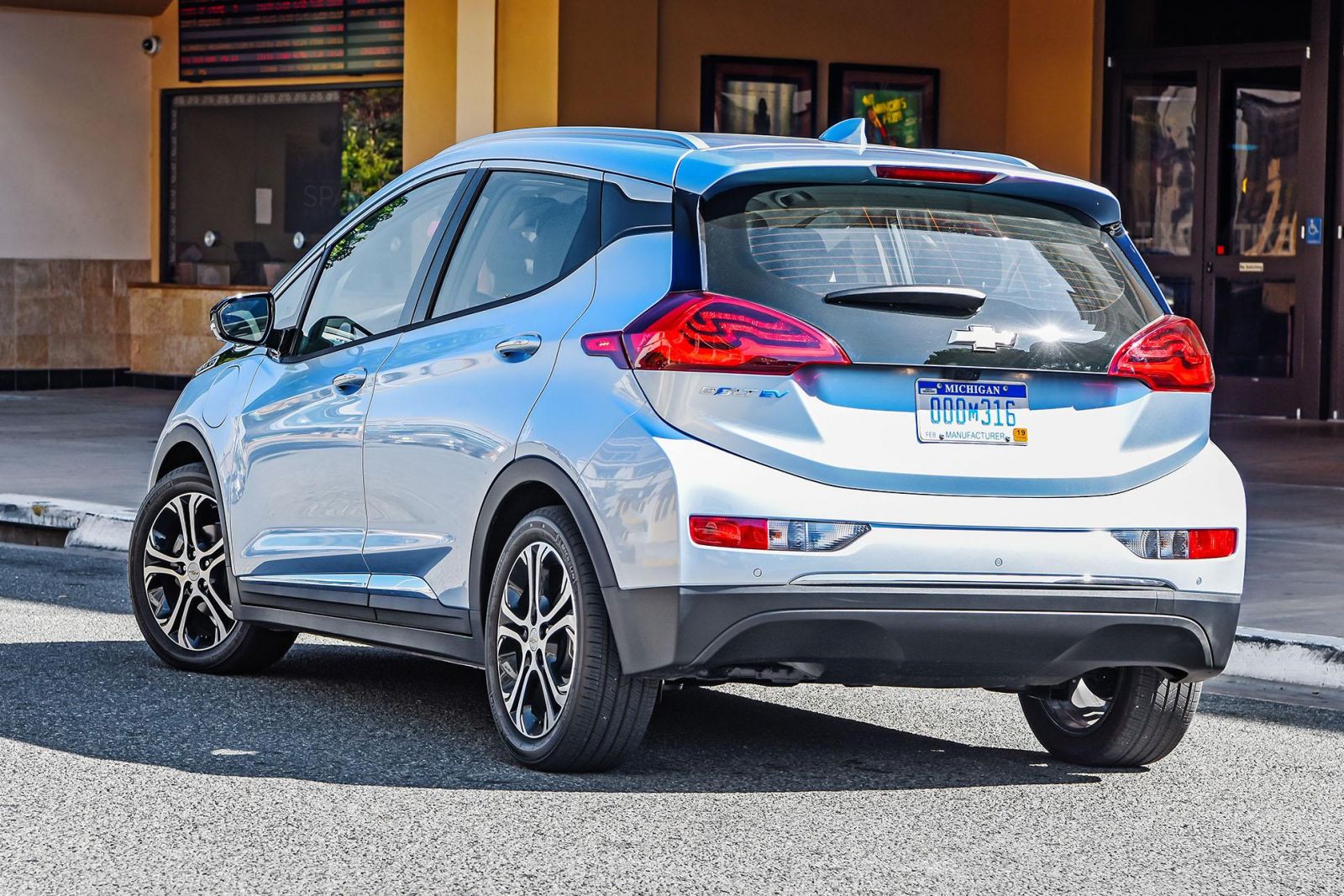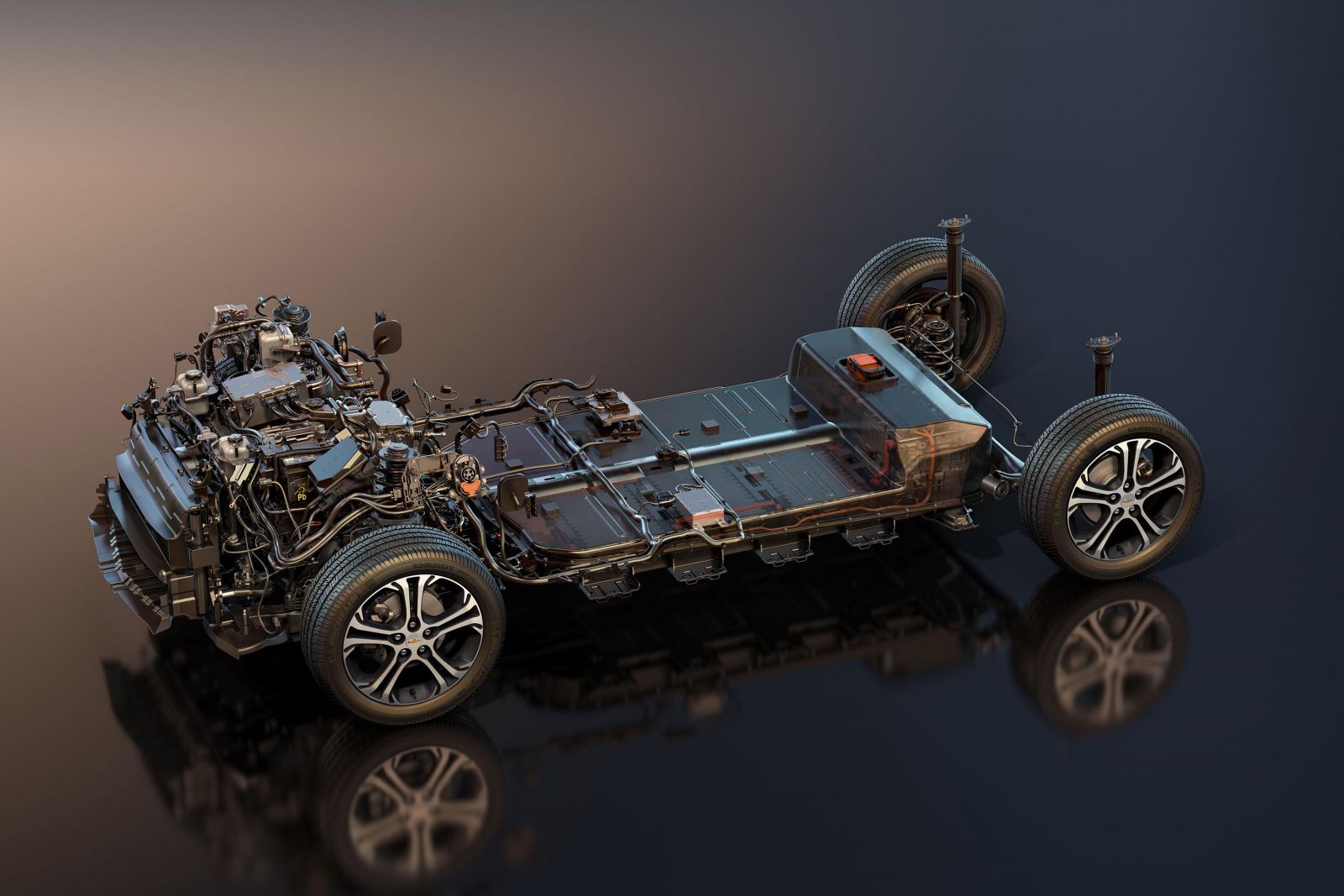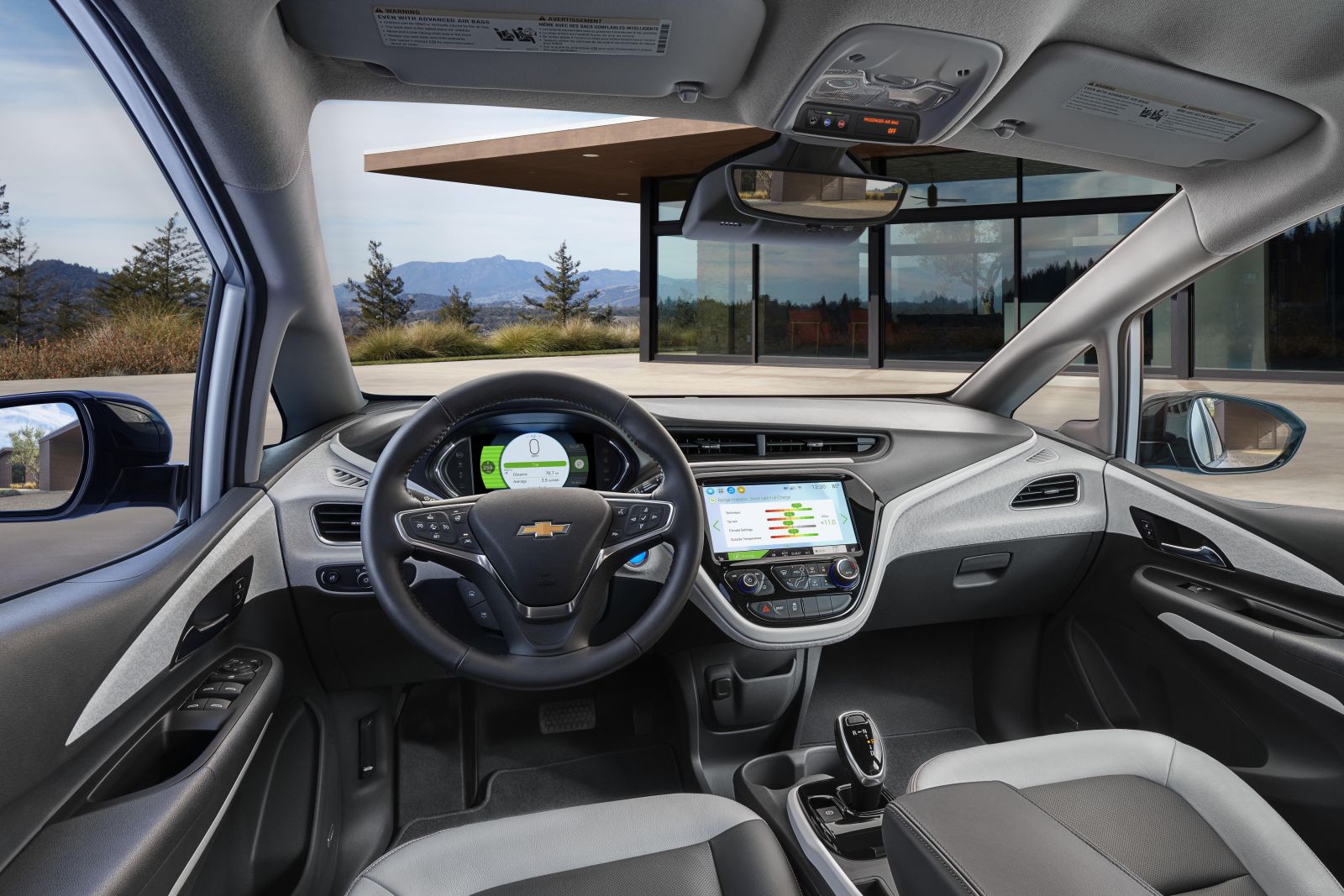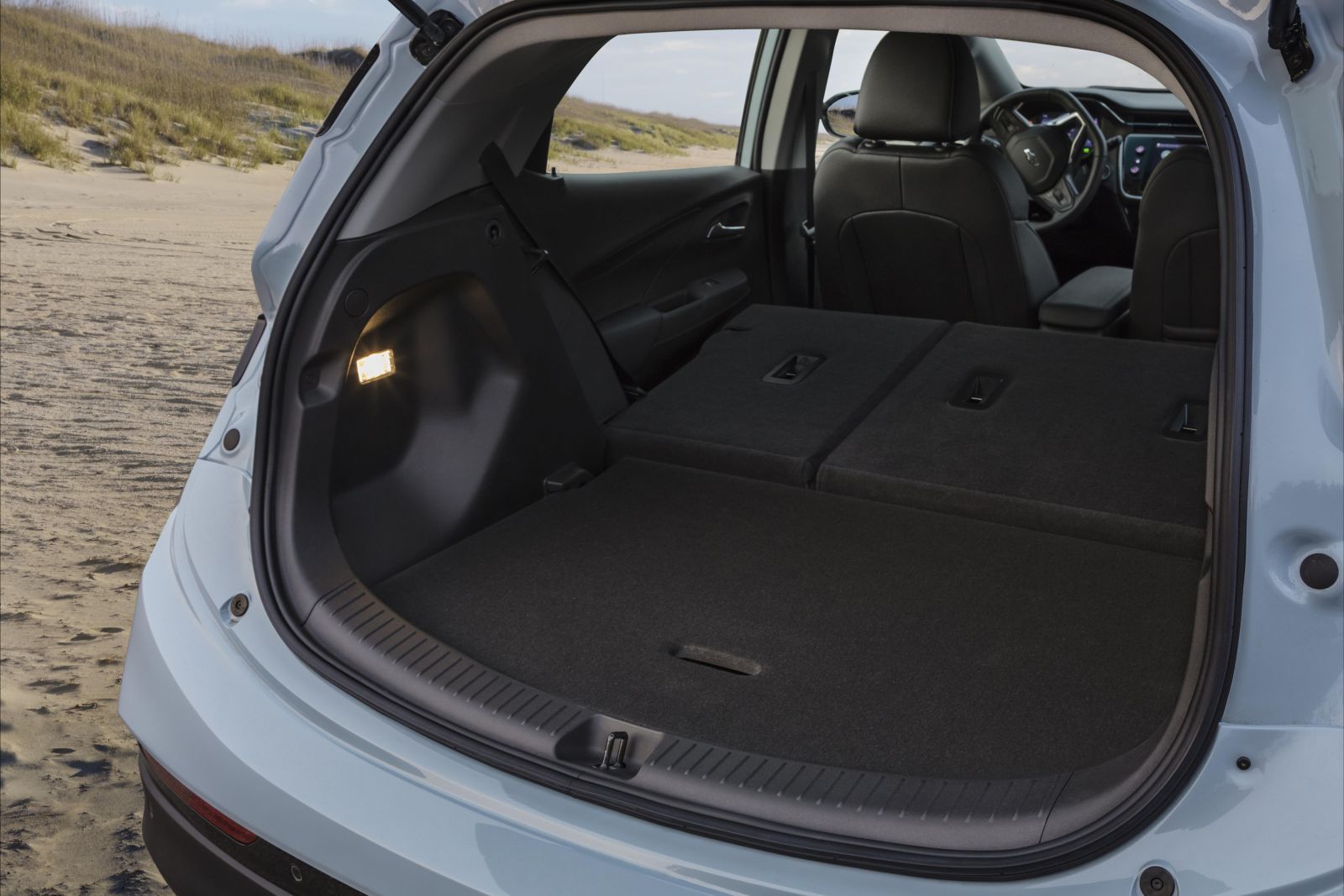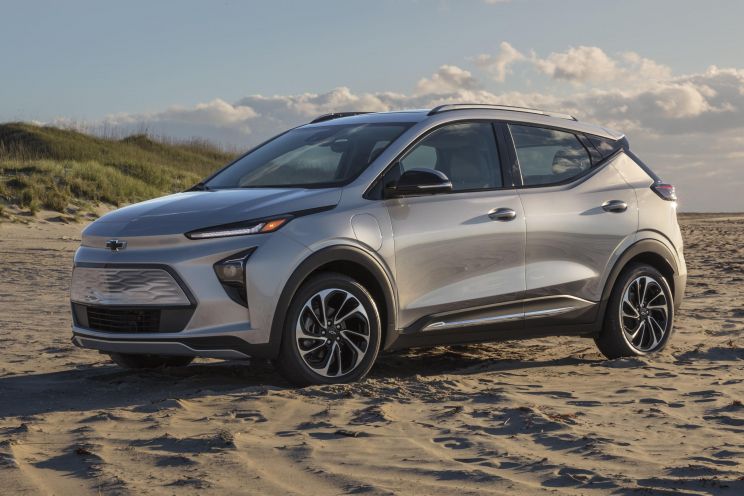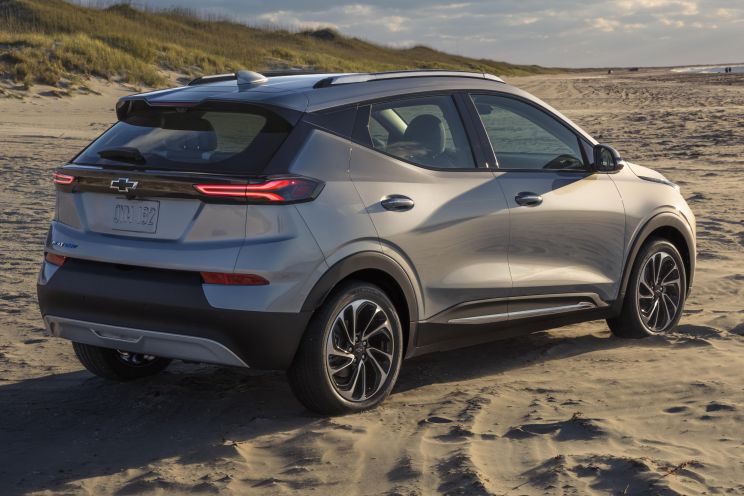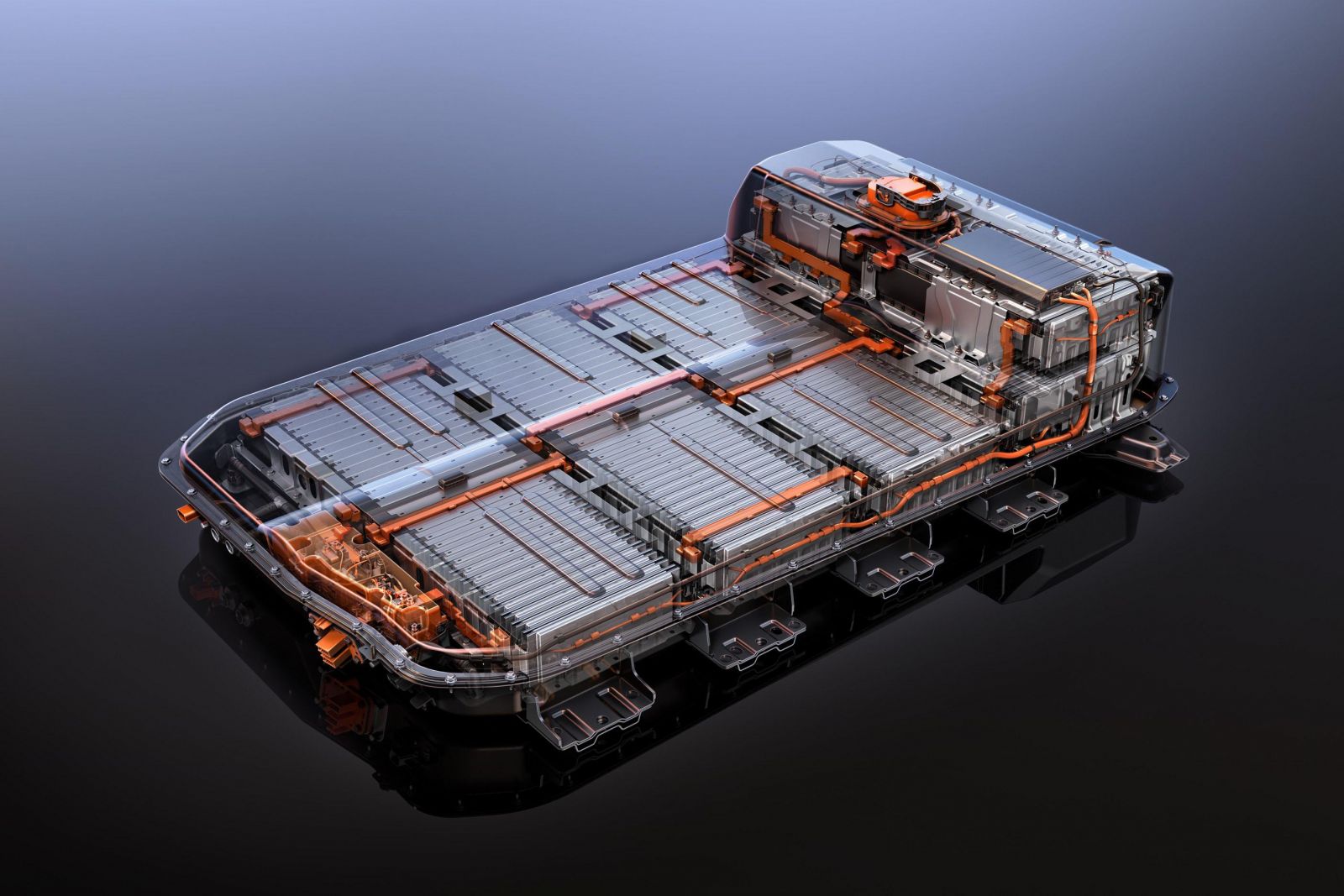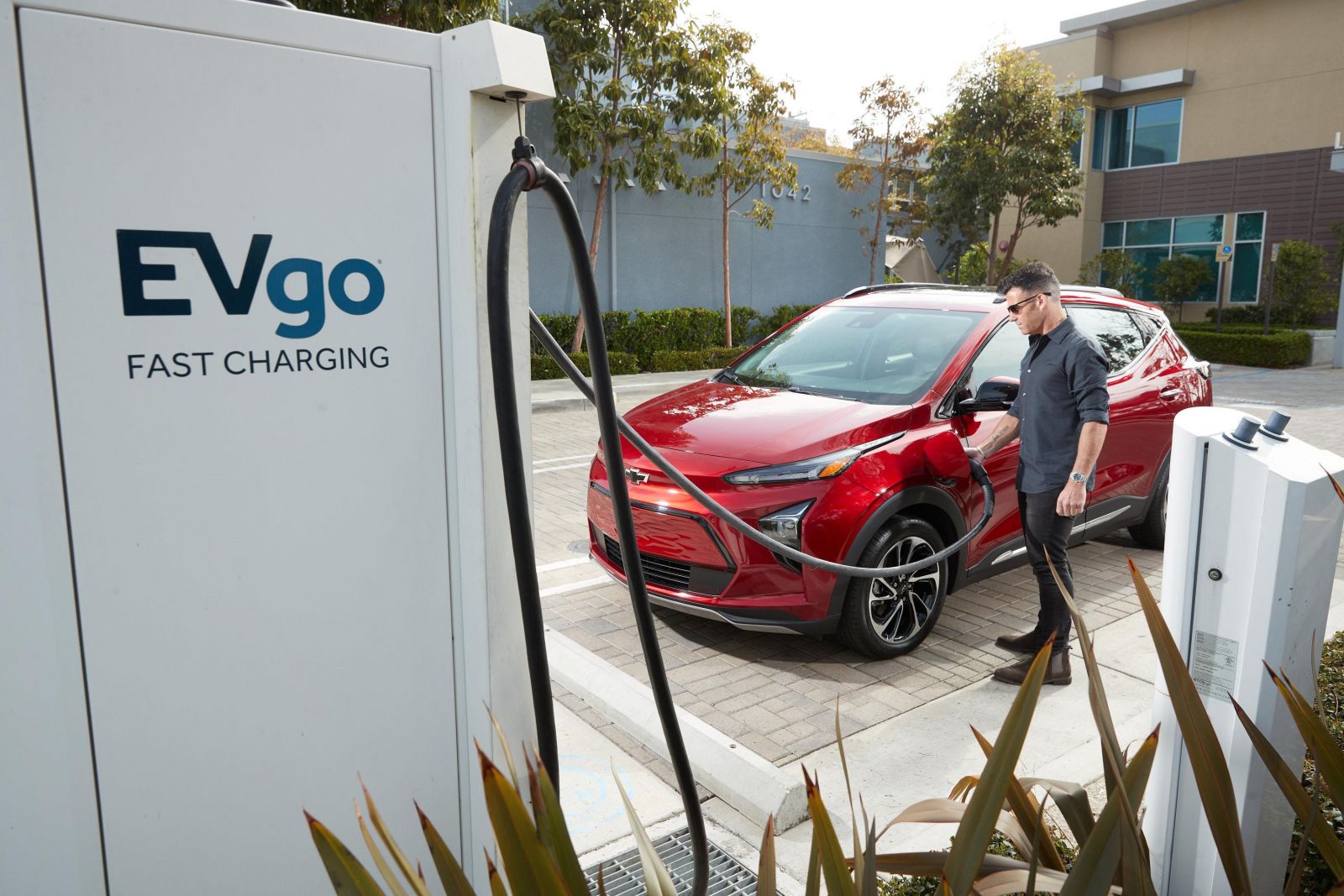Chevrolet is pruning its garden, with the all-electric Bolt EV and Bolt EUV the latest casualties, both of which will cease production by the end of 2023.
Unlike the Camaro, which is being axed primarily because of slowing sales and a shrinking market segment, sales of the Bolt are actually on the rise. (More on that later.)
Instead, the automaker says it is discontinuing the Bolt in order to retool the factory in Orion Township, Michigan to produce the Chevrolet Silverado EV and the GMC Sierra EV. Both are based on the company’s dedicated body-on-frame EV architecture, also found underneath the GMC Hummer, and use the automaker’s Ultium battery technology.
-
2019 Chevrolet Bolt
Production of these two pickup trucks is expected to begin some time in 2024. It’s likely these two pickups, as well as the high-end Cadillac and mid-size Chevrolet EVs the company is busy launching, offer a faster path to profitability than the Bolt.
All about the Benjamins
When the last new Bolt is sold, it will leave a hole in the US market for a truly affordable EV.
Given that Chinese automakers have so far shied away from America, and EV tax credits from the Biden administration’s Inflation Reduction Act only apply to cars produced in North America, it might be a while before another vehicle takes the Bolt’s mantle.
At the time of writing, the Bolt EV starts at US$26,500 (A$40,000), while the slightly larger Bolt EUV begins at US$27,800 ($42,000). Both qualify for the US government’s US$7500 tax credit, bringing the purchase to around US$20,000 ($30,000) — about US$1000 less than the price of an entry-level Toyota Corolla sedan.
Even Chevrolet’s new Equinox EV, which will offer more conventional styling, has a targeted base price of US$30,000 ($45,400).
It’s a big step up from the outgoing Bolt to the next cheapest models: the Hyundai Kona EV ($33,550), and Nissan Leaf (US$36,040). Both of these cars are imported, and don’t qualify for the tax credit.
We should note, back when the Bolt was launched in 2016, it was more expensive than the then-reigning EV champ, the first-generation Nissan Leaf, which started at US$30,600 but had a mere 78kW of power, and its petite 30kWh battery was only good for 172km of driving.
While the Bolt may have been a boon for EV enthusiasts with an eye for a bargain, it hasn’t been a profitable venture for GM. Depending on which analyst you believe, the automaker has lost somewhere between US$5000 and US$8000 on each Bolt sold.
Entering production in late 2016, the Bolt beat the Tesla Model 3 to market by over half a year. During both cars’ development, both manufacturers claimed they were busy designing an affordable EV for the masses, with target pricing of US$35,000.
In the end, Chevrolet was not too far off with the base LT kicking things off at US$37,495, or a smidge less than the Mercedes-Benz CLA before you factor in the US$7500 federal tax credit.
Meanwhile Tesla decided to focus on more expensive variants of the Model 3, although it did eventually (briefly) hit the US$35,000 target with the store-order only Standard Range model.
Small car, long range, big-ish price
Although the Bolt is built in Michigan, it was designed by GM’s studio in South Korea — a result of the company’s purchase of Daewoo in 2002.
The car also featured a battery pack made by LG Chem in South Korea, although in later years battery production shifted to the US. Rated at 60kWh, the Bolt had US EPA range rating of 383km, more than enough for most daily situations.
Road-trips, though, were and still are an issue. Although the Model 3’s 170kW DC charging speed far eclipsed the Bolt’s 55kW maximum when fitted with its optional fast charging system, the main issue was the lack of reliable public fast chargers outside of big population centres.
-
2020 Bolt EV
Equipped with an electric motor making 149kW and 361Nm, the front-wheel drive Bolt was surprisingly spritely with a 0-60mph (0-97km/h) time of around 6.5 seconds.
Measuring 4166mm long, 1765mm wide, 1595mm tall, and riding on a 2601mm wheelbase, the Bolt is about 100mm larger in every dimension, except height, than the Honda Jazz.
Like the Jazz, the Bolt has a spacious interior for a small footprint. While it included an impressive amount of in-cabin technology for the time, the hard plastics and diminutive size didn’t gel with its US$35,000 price tag.
-
2022 Bolt EV
From its launch in 2017 until GM’s sale of Opel/Vauxhall to the PSA Group, the Bolt was sold in Europe as the Opel Ampera-e, a follow up to the plug-in hybrid Opel Ampera, a lightly redesigned version of the Chevrolet Volt.
As the Bolt has only ever been built in left-hand drive, there was no Vauxhall version, and no official UK sales.
Facelift
After gaining a larger 66kWh battery in 2020, the Bolt was given a facelift in 2021.
The revised Bolt EV featured a new front end with thin headlights, a grille-less bumper, new tail-lights, a revised tailgate, and a US$5000 ($7500) price cut.
-
2022 Bolt EUV -
The range also gained a more spacious EUV model with a longer wheelbase and a unique, but still very familiar, exterior.
At 4305mm long, 1770mm wide, 1615mm tall, and riding on a 2675mm wheelbase, the EUV is 139mm longer, 5mm wider, 20mm taller, and has a 74mm longer wheelbase than the regular Bolt EV.
While there were no changes to the drivetrain or battery systems, both the Bolt EV and EUV did benefit from a redesigned dashboard, and improved front seats.
The Bolt EUV also gained 55kW DC charging as standard, and was the first Chevrolet-branded vehicle to gain the option of GM’s Super Cruise Level 2 autonomous driving system, which allows the driver to put the car into hands-free driving mode on pre-approved highways in the US and Canada.
My car is on fire
A series of battery fires eventually led to GM pausing sales in mid-2021, and advising owners to only charge their cars outdoors, and only to 90 per cent of maximum capacity.
In the end all 141,000 Bolts sold to date were recalled, and eventually fitted with a redesigned battery modules. LG agreed to pay US$1.9 billion ($2.9 billion) of the US$2 billion ($3 billion) in costs.
GM said some battery packs had a “torn anode tab and a folded separator” in some cells, which meant they were prone to shorting and overheating, especially when the pack was close to full.
In addition to this, the automaker told Autoweek “the Bolt EV does not have the design feature to disconnect an individual battery cell”, meaning this type of failure was managed by reducing overall capacity.
Not long after sales resumed in April 2022, Chevrolet took the drastic step of cutting the Bolt EV’s price by around US$10,000 to US$26,495. The EUV was also discounted by US$6300 to US$28,195.
Sales
In 2017, its first full year on sale, the Chevrolet Bolt had little competition except for the Nissan Leaf and BMW i3, and managed a respectable 23,297 sales.
After the Model 3 overcame “production hell” in 2017, where just 1667 were sold Stateside, Tesla was able to sell 140,317 in 2018, blowing well past the Bolt’s meagre total of 18,020.
That said, the Bolt’s sales trajectory is bending upwards. Despite the stop sale order issued due to battery fires, 24,827 Bolts were sold in 2021, and 38,122 found new homes in 2022 after production recommenced.
During the first three months of the 2023, the Bolt has notched up 19,700 sales.
If the Bolt is somehow able to keep up with that run rate would equate to 78,800 for the entire year. Even if it doesn’t, the Bolt will likely bow out on a record-breaking sales figure.
MORE: 2024 Chevrolet Equinox EV detailed

